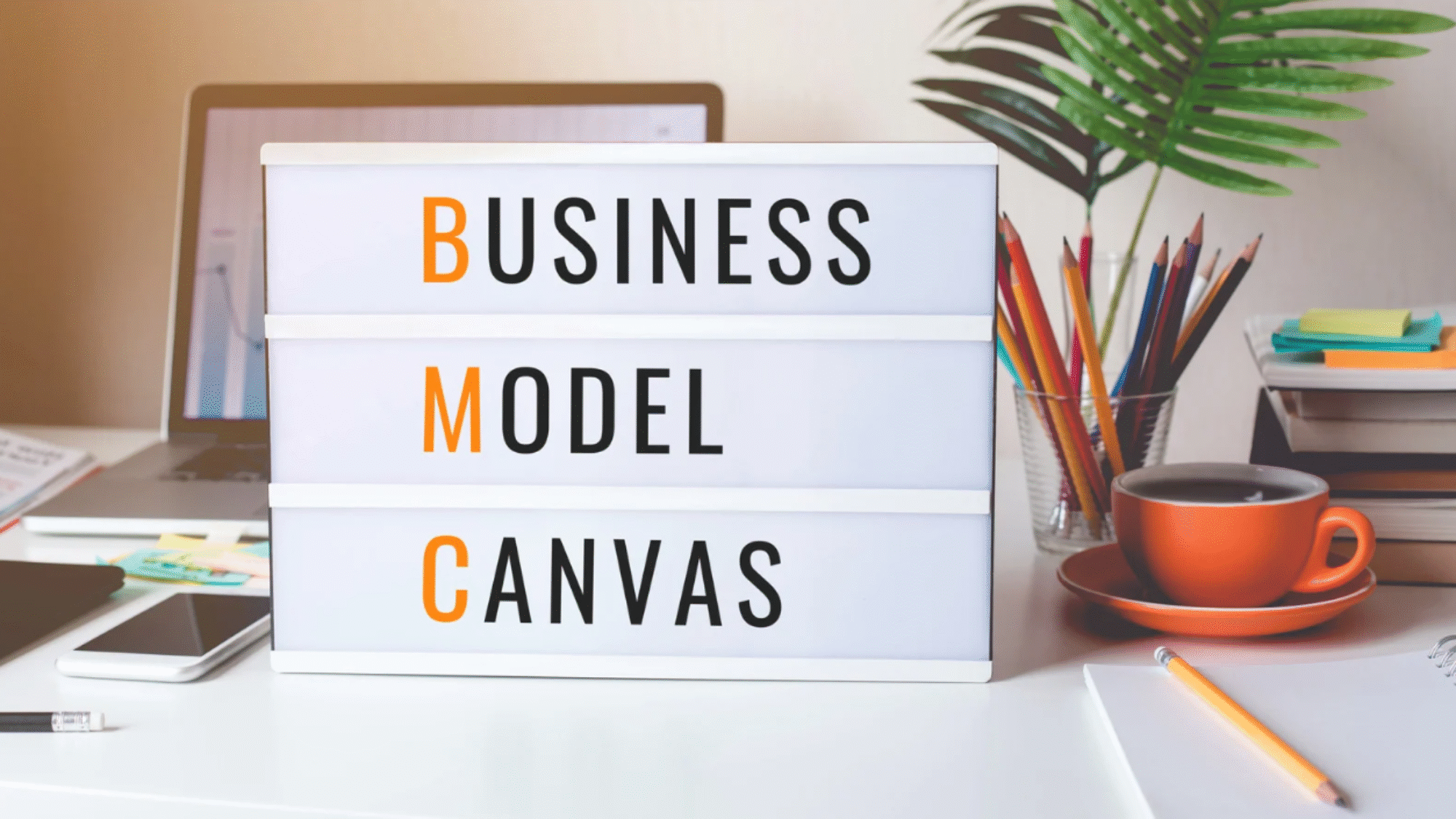When running a small business, it’s essential to have a clear understanding of your business model. But what exactly is a business model, and why is it so important?
What is a Business Model?
A business model is a plan or framework that outlines how your business operates, makes money, and delivers value to customers. It covers the essential components that keep your business running smoothly, from the products or services you offer to how you reach your customers and generate revenue.
For small businesses, having a well-defined business model is crucial because it helps you stay focused on what matters most and ensures that all parts of your business work together to achieve long-term success.
Why is a Business Model Important for Small Businesses?
Small businesses often face limited resources, whether it’s money, time, or staff. A clear business model helps you make the best use of what you have by providing a roadmap for decision-making. It gives you insight into which activities bring the most value and where you may need to cut costs or improve efficiency.
Having a strong business model also helps you communicate your value to customers, partners, and investors. It shows them that you know how your business works, what makes it unique, and how you plan to grow.
Key Components of a Business Model
Here are some key elements of a business model that every small business owner should consider:
1. Customer Segments: Who are your target customers? Understanding your audience helps you tailor your product or service to meet their needs.
2. Value Proposition: What problem does your product or service solve? Why should customers choose you over competitors?
3. Channels: How do you reach your customers? Think about both online and offline methods, such as social media, e-commerce platforms, or a physical store.
4. Revenue Streams: How do you make money? Whether it’s direct sales, subscriptions, or service fees, knowing your income sources is key to your business’s sustainability.
5. Key Resources: What assets or resources do you need to deliver your product or service? This could include staff, equipment, technology, or financial resources.
6. Cost Structure: What are the major costs involved in running your business? Knowing your expenses helps you identify ways to cut unnecessary costs and improve profitability.
Examples of Business Models for Small Businesses
Here are a few common types of business models that small businesses use:
Direct Sales: Selling products or services directly to customers through a physical store or online platform.
Subscription Model: Customers pay a recurring fee (monthly or yearly) to access products or services, like a gym membership or a software subscription.
Freemium Model: Offering basic services for free while charging for premium features, often used by software companies.
Retail Model: Buying products in bulk and reselling them at a higher price to individual customers.
How to Develop Your Business Model
For small businesses, developing a business model doesn’t have to be complex. Tools like the Business Model Canvas can help simplify the process by breaking it down into manageable parts. Start by defining your target customers, what makes your business unique, and how you’ll generate revenue. Then, focus on your key activities and resources, and look for opportunities to improve efficiency and reduce costs.
Understanding and developing a strong business model is essential for the success of any small business. It helps you stay organized, make smarter decisions, and ultimately grow your business. Whether you’re just starting or looking to refine your existing business, having a clear business model will provide the clarity and direction you need to succeed.
By defining your business model, you can ensure that every part of your business works together to deliver value to customers while staying profitable.

